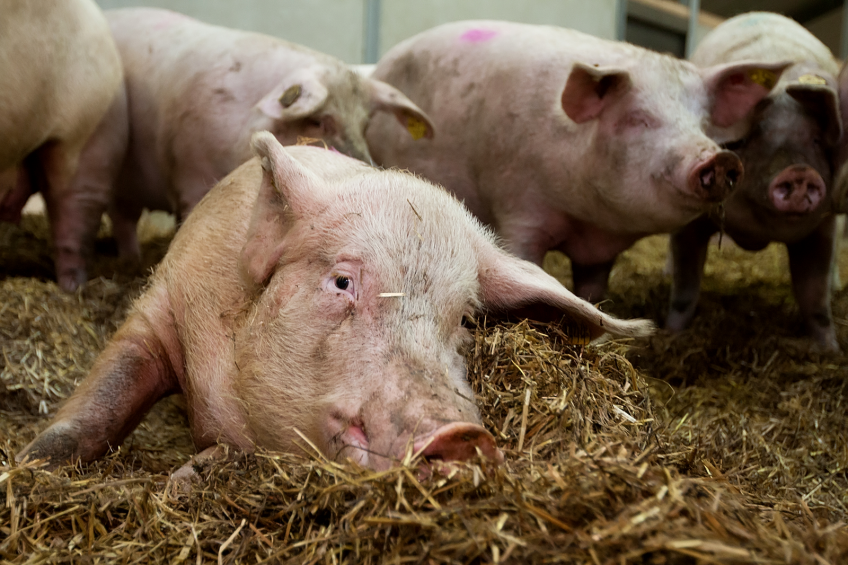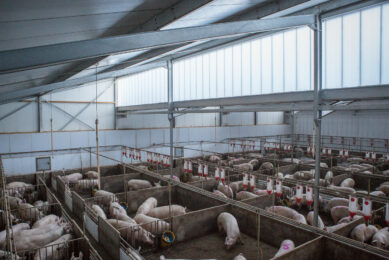Enriched group housing better for sow welfare

Enriched group housing during gestation is better for sow welfare when compared to keeping the sows in conventional group housing.
This finding was a conclusion found by French researchers, as part of a larger study. It was communicated by Elodie Merlot, scientist at the French Institute for Agricultural Research (INRA) in France. She spoke at the International Pig Veterinary Society (IPVS) Congress in Dublin, Ireland, 7-10 June.
Enriched group housing and immunity
In fact, the research of her and her team focused on a more general question – whether improved welfare during gestation would have a benefit in terms of piglet neonatal survival.
In order to be able to answer that question, first the research team needed to establish whether there are differences in terms of health and welfare of mothers as well as in the passive immunity transferred to the piglets through colostrum, between sows kept in conventional group housing after insemination – and in enriched group housing.
Conventional housing vs enriched housing
3 successive batches of gestating sows were kept in pens of 18-20 animals, in either conventional housing on slats, with on average 2.4 m2 per sow and in enriched housing with 3.4 m2 per sow and a deep straw bedding. They entered group housing at day 28 of gestation and were moved to conventional farrowing crates approximately 10 days prior to farrowing (day 105).
The research team closely monitored 19 sows in the enriched environment and 18 sows in the conventional surroundings. The animals were observed for e.g. lameness and samples of blood, saliva, mammary secretions were collected on various moments.
Cortisol concentrations and lameness
To name a few findings, cortisol concentrations, which is a physiological indicator of stress, were found to be much lower in saliva from sows that were in enriched facilities, both at day 35 and day 105 of gestation.
In addition, at transfer to the farrowing crates, lameness was significantly more prevalent in sows in the conventionally kept herds than in those from the enriched herds (18% vs 2%). Merlot added that the higher amount of lameness did not explain the cortisol concentration. Granulocyte count and oxidative stress markers were also greater in conventionally kept sows.
Concludingly, Merlot said that in the enriched system, “cortisol, lameness frequency, granulocyte counts and oxidative stress markers indicated that health and welfare of sows were greater.”
No effect on transfer of immunity
As for the initial goal of the presentation: The differences during gestation did not affect the transfer of cellular and humoral immunity to the piglets via colostrum, but might have affected the transfer of cellular immune components in the milk afterwards.
The study she conducted in cooperation with H. Pastorelli, M.-C. Meunier-Salaün and H. Quesnel at INRA; and F. Robert from the animal nutrition company CCPA. The research has received funding from the EU FP7 PROHEALTH project (no. 613574).











